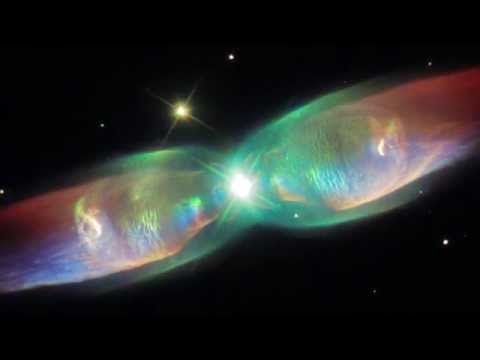Uncovering the Mysteries of Deep Space: The Latest Breakthroughs in Exploration
As humans, we have always been fascinated by the mysteries of deep space. The vast expanse of the universe holds countless secrets waiting to be uncovered, and with each new breakthrough in exploration, we come closer to understanding the true nature of the cosmos.
In recent years, there have been significant advancements in our ability to explore and study deep space. From groundbreaking discoveries made by space probes to the development of cutting-edge technology, scientists and researchers around the world are constantly pushing the boundaries of what we know about the universe.
One of the most exciting developments in deep space exploration is the discovery of exoplanets – planets that exist outside of our own solar system. In the past decade, astronomers have identified thousands of exoplanets orbiting distant stars, some of which may have the potential to support life. These discoveries have opened up new possibilities for understanding the diversity of planets in the universe and the conditions necessary for life to exist.
Another major breakthrough in exploration is the detection of gravitational waves, ripples in the fabric of spacetime caused by the motion of massive objects in the universe. In 2015, the Laser Interferometer Gravitational-Wave Observatory (LIGO) made history by detecting gravitational waves for the first time, confirming a prediction made by Albert Einstein over a century ago. Since then, LIGO and other observatories have detected dozens of gravitational wave events, providing new insights into the nature of black holes, neutron stars, and other cosmic phenomena.
Advancements in space telescopes and observatories have also revolutionized our understanding of the universe. The Hubble Space Telescope, launched in 1990, has provided stunning images of distant galaxies, nebulae, and other celestial objects, expanding our knowledge of the cosmos. The upcoming James Webb Space Telescope, set to launch in 2021, promises to revolutionize our understanding of the early universe and the formation of galaxies.
In addition to these developments, the exploration of Mars and other planets in our solar system continues to yield new discoveries. The Curiosity rover, which landed on Mars in 2012, has provided valuable data on the planet’s geology, climate, and potential for past life. NASA’s Perseverance rover, set to land on Mars in 2021, will search for signs of ancient microbial life and pave the way for future human missions to the Red Planet.
As we continue to uncover the mysteries of deep space, it is clear that the possibilities for discovery are endless. From exoplanets and gravitational waves to distant galaxies and potential signs of life on other planets, the universe holds a wealth of secrets waiting to be revealed. With each new breakthrough in exploration, we come closer to understanding our place in the cosmos and the vastness of the universe that surrounds us.













